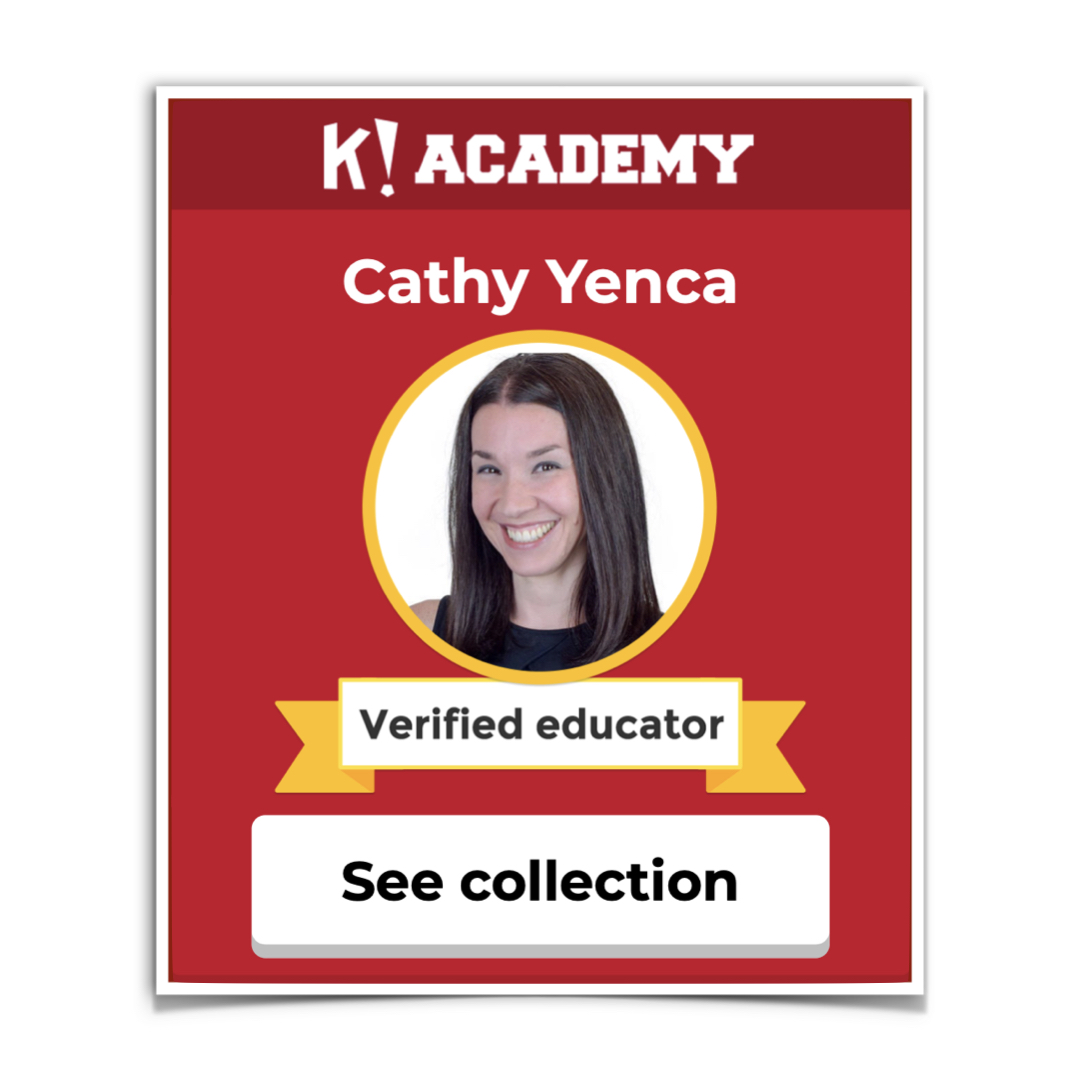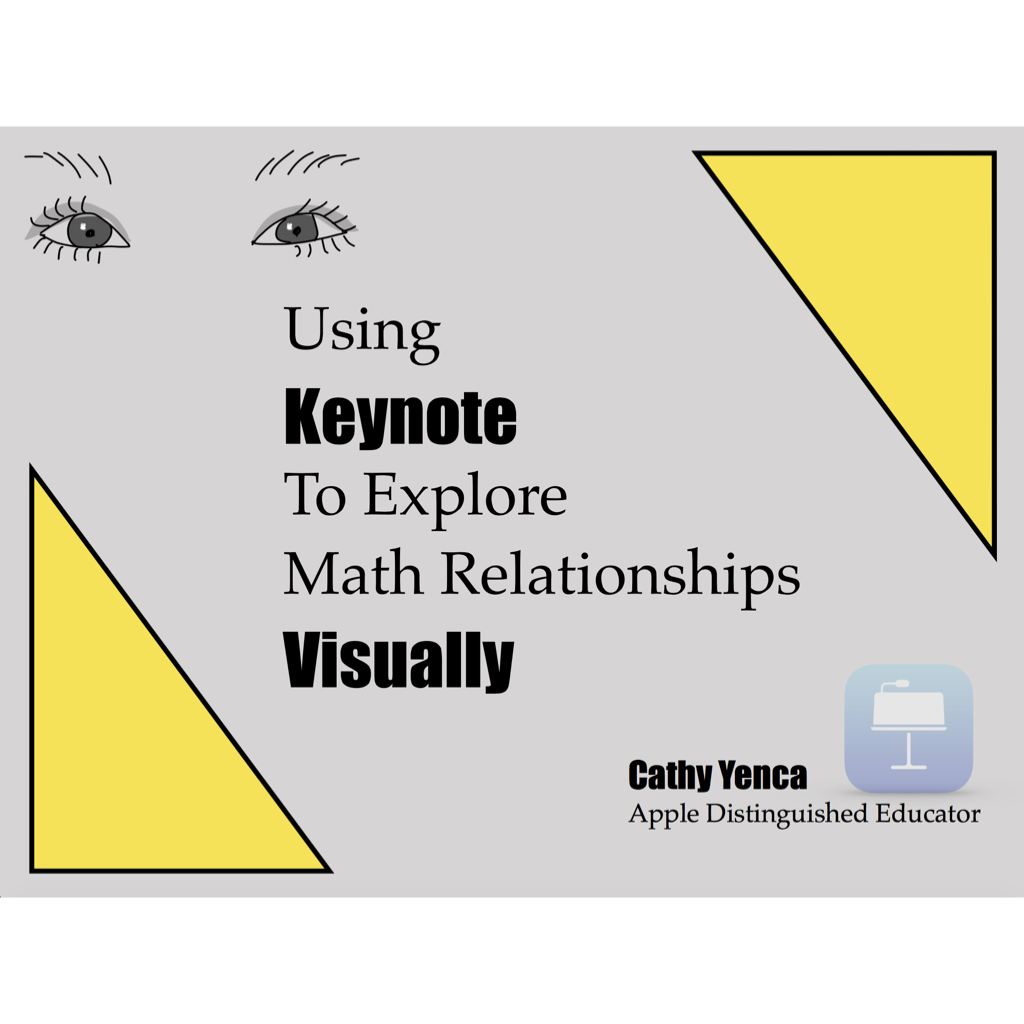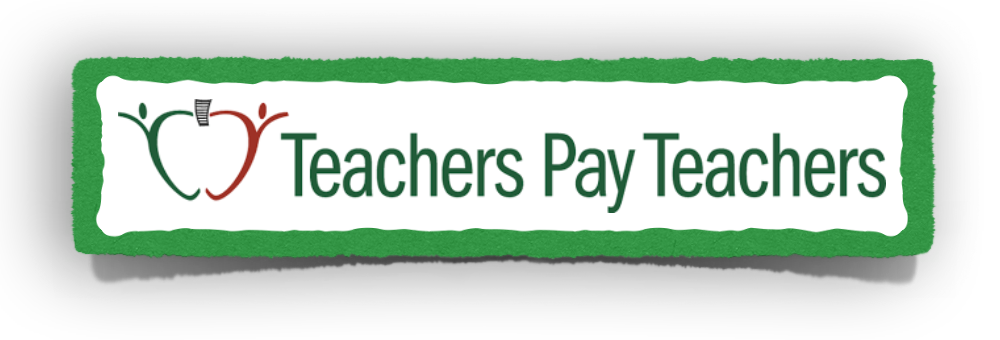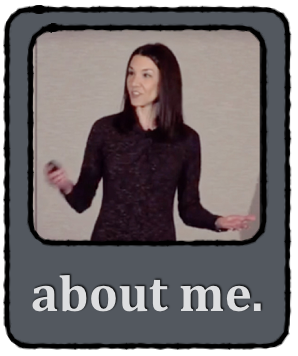Want to know what your students are thinking? How do you get that thinking out of their heads in a format that you, as their teacher, can view, analyze, and use for instructional decision-making? Do you keep this “visible thinking” to yourself? Do you make decisions based on your own analysis of student thinking without letting students have the chance to view and analyze it too?
In one of my recent verbal-brain-dumps (this usually happens at dinnertime with my ever-listening husband) I spoke an analogy that shapes the way I design and execute lessons:
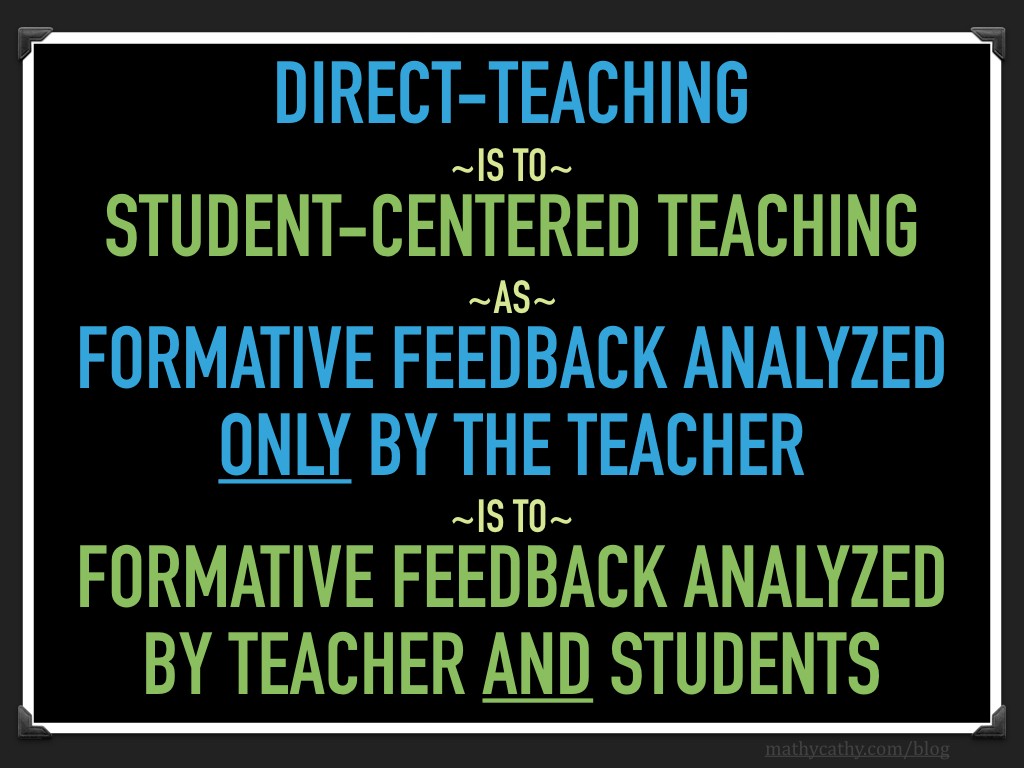 We’re supposed to look at student thinking so we can make instructional decisions, right? Why should the teacher get to be the one-and-only bearer of that knowledge? My strong belief is that we, teachers, should not keep that knowledge to ourselves.
We’re supposed to look at student thinking so we can make instructional decisions, right? Why should the teacher get to be the one-and-only bearer of that knowledge? My strong belief is that we, teachers, should not keep that knowledge to ourselves.
In this era where digital tools are more accessible than ever, we can see student thinking in so many ways, efficiently, and share that thinking with THEM as well. In the same way that it doesn’t help our students if we do math problems *FOR* them, could it be that doing all of their error analysis *FOR* them could also be detrimental? Or at the very least, promote a missed opportunity for learning?
How do I involve my students in viewing and analyzing their own thinking? Thanks to 1:1 iPads, I have a repertoire of tools from which to choose. Here’s some food for thought:
- Use Nearpod “Draw It” to elicit real-time student work samples, then showcase them for students to see and talk about. Instant and authentic error-analysis. Work samples can even be shared anonymously en masse thanks to this handy new feature:
I learned about a new @Nearpod feature while leading a webinar tonight! Game-changer! Thanks @GuidoNearpod! #ipaded pic.twitter.com/1lKW7Z2lrn
— Cathy Yenca (@mathycathy) December 10, 2015
- Use Socrative in “teacher-paced” mode to closely examine one question at a time, and student responses to the question, while including students in the process. (Blog post at NCTM’S MTMS “Blogarithm” coming soon – will link back!)
- Use Socrative in “student-paced” mode to look for trends in incorrect answers. Why did so many students miss such-and-such question? What was the misconception? How do we fix it?
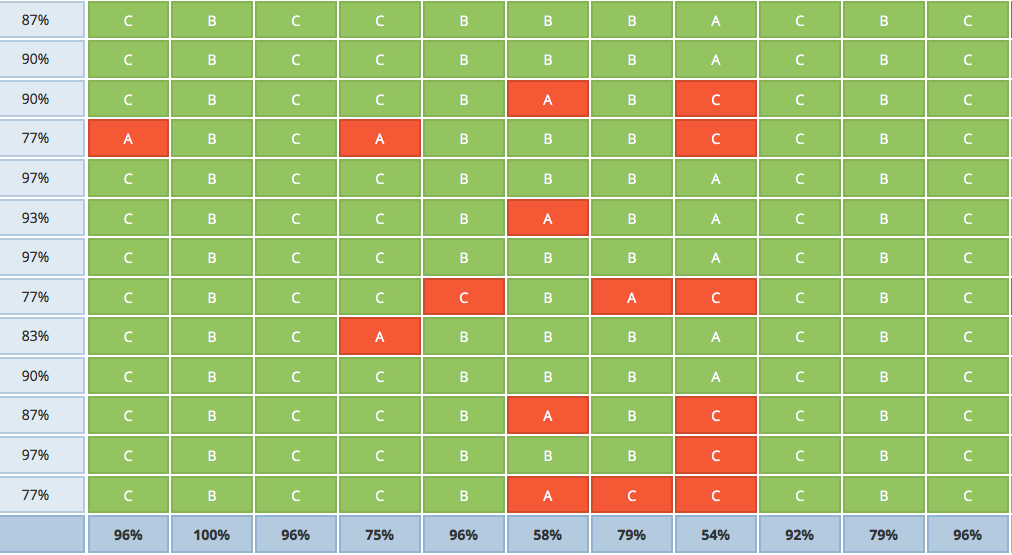
- Use Desmos Polygraph activities to promote student questioning and use of academic vocabulary. Showcase student questions, and possibly the progression of these questions that lead from a “loss” at first to a “win” with improved language.
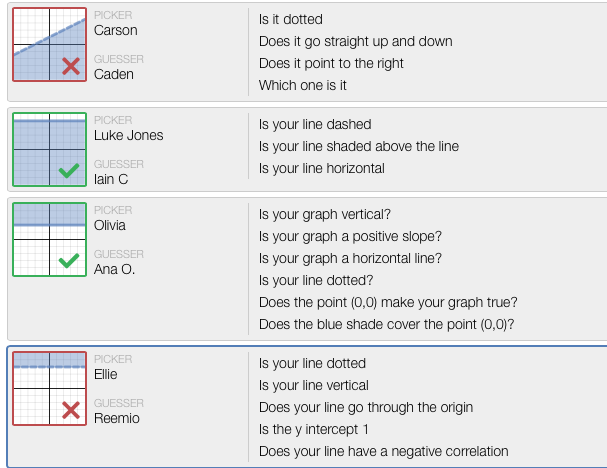 Haven’t used the tools on my shortlist?
Haven’t used the tools on my shortlist?
Pick one to try in 2016, give it a go, and share back.




